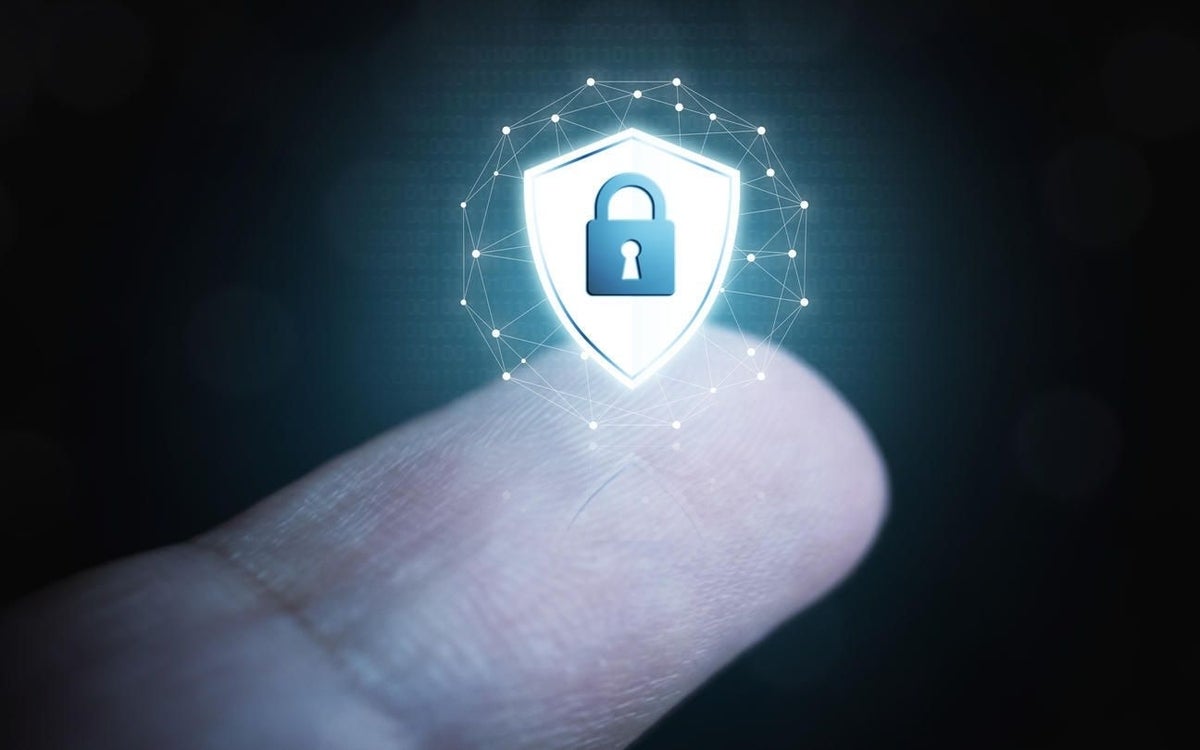
Image: marchmeena29, Getty Images/iStockphoto
Microsoft’s Windows Hello feature allows you to sign in to your computer using biometric methods such as facial or fingerprint recognition. Many laptops come with built-in fingerprint readers. But if you have a laptop without a built-in reader, or you want to add fingerprint recognition to your desktop PC, you can enlist the aid of a third-party reader. What are your options, and how can you set up an external fingerprint sensor? Let’s go over the steps.
SEE: Cybersecurity: Let’s get tactical (free PDF)
If you already have a laptop with a fingerprint sensor, you’re good to go. If you’re in the market for a new laptop and want one with a fingerprint reader, several options are available.
Laptops with built-in fingerprint readers
- Lenovo. Lenovo laptops have traditionally come with integrated fingerprint readers that you swipe or press.
- HP. HP’s Pavilion and Envy computers include fingerprint readers.
- Dell. Many Dell laptops also come with fingerprint sensors.
- Asus. Asus is another manufacturer that outfits many of its laptops with fingerprint readers.
- Acer. Many Acer laptops
have built-in fingerprint sensors.
Other laptop makers offer fingerprint readers, but these five should provide a good starting point.
USB fingerprint readers for laptops
If your current laptop does not have an integrated fingerprint reader, you can easily add one via a USB dongle or stick. Your best bet with a laptop is to purchase a USB reader that plugs directly into a side USB port. You then simply press or swipe your finger on the sensor when needed.
Lexar is one manufacturer to consider as it makes a device that doubles as a USB drive and fingerprint reader. Kensington is also worth considering as it offers a few different mini USB fingerprint sensors. The Eikon Mini USB fingerprint reader has received four stars via Amazon buyers. The Benss Fingerprint Reader Analyzer
has also earned positive grades on Amazon. The PQI Mini USB fingerprint reader is another product that has garnered good reviews via Amazon.
USB fingerprint readers for desktops
You can also add a fingerprint sensor to your desktop computer. However, the kind of sensor you choose depends on the format and location of your desktop. If your desktop is right on your desk with a USB port easily accessible, then a USB stick or dongle should work. But if your desktop is on the floor with no USB ports in arm’s reach, you’ll want a fingerprint reader that connects to USB port via a cable.
In this case, a few models are available. A company called Verifi makes several different fingerprint readers with USB cables. Digital Persona makes a cable-based fingerprint sensor that’s earned good reviews on Amazon. Another manufacturer worth considering is Bio-Key, which makes several fingerprint readers, including the cable-connected EcoID. I use the Bio-Key EcoID with my Windows 10 desktop. Except for the rare glitch when it fails to detect my fingerprint the first time, the device has performed well.
Speaking of glitches, you’ll want to periodically clean the sensor on a fingerprint reader. I find that keeping this area clean helps reduce errors when detecting my fingerprint.
Setting up your fingerprint reader
Depending on the fingerprint reader you buy, setting it up should be a relatively simple plug-and-play matter. The included instructions and the vendor itself can hopefully help you with any technical issues.
From there, setting up the fingerprint reader as a Windows Hello device should be fairly quick and easy. Before you can set up a Windows Hello device, you’ll need to have already created a PIN.
Connect your fingerprint reader to a convenient USB port. In Windows 10, go to Settings and then Accounts and then Sign-in options. If your sensor is detected, a notice should appear under Windows Hello Fingerprint that reads: “Sign in with your fingerprint scanner (Recommended).” Click that option and then click the Set up button (Figure A).
Figure A

At the Welcome to Windows Hello window, click the Get Started button (Figure B).
Figure B

At the next screen, enter your PIN. Then repeatedly touch or swipe and lift your finger on the sensor (Figure C). When finished, click Close to close the Windows Hello window.
Figure C

You can now add another fingerprint if you wish. Otherwise, sign out of Windows and then try to sign back in. This time, choose your fingerprint, and you should be able to authenticate via your sensor.